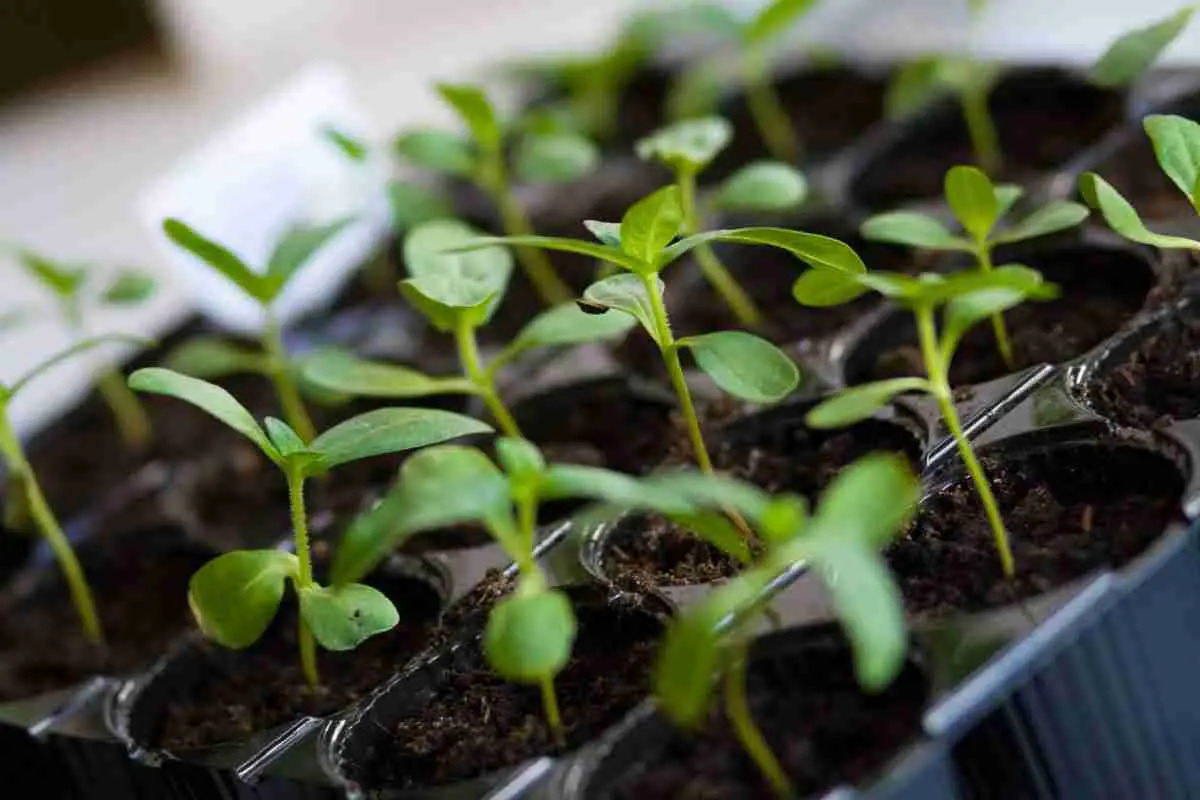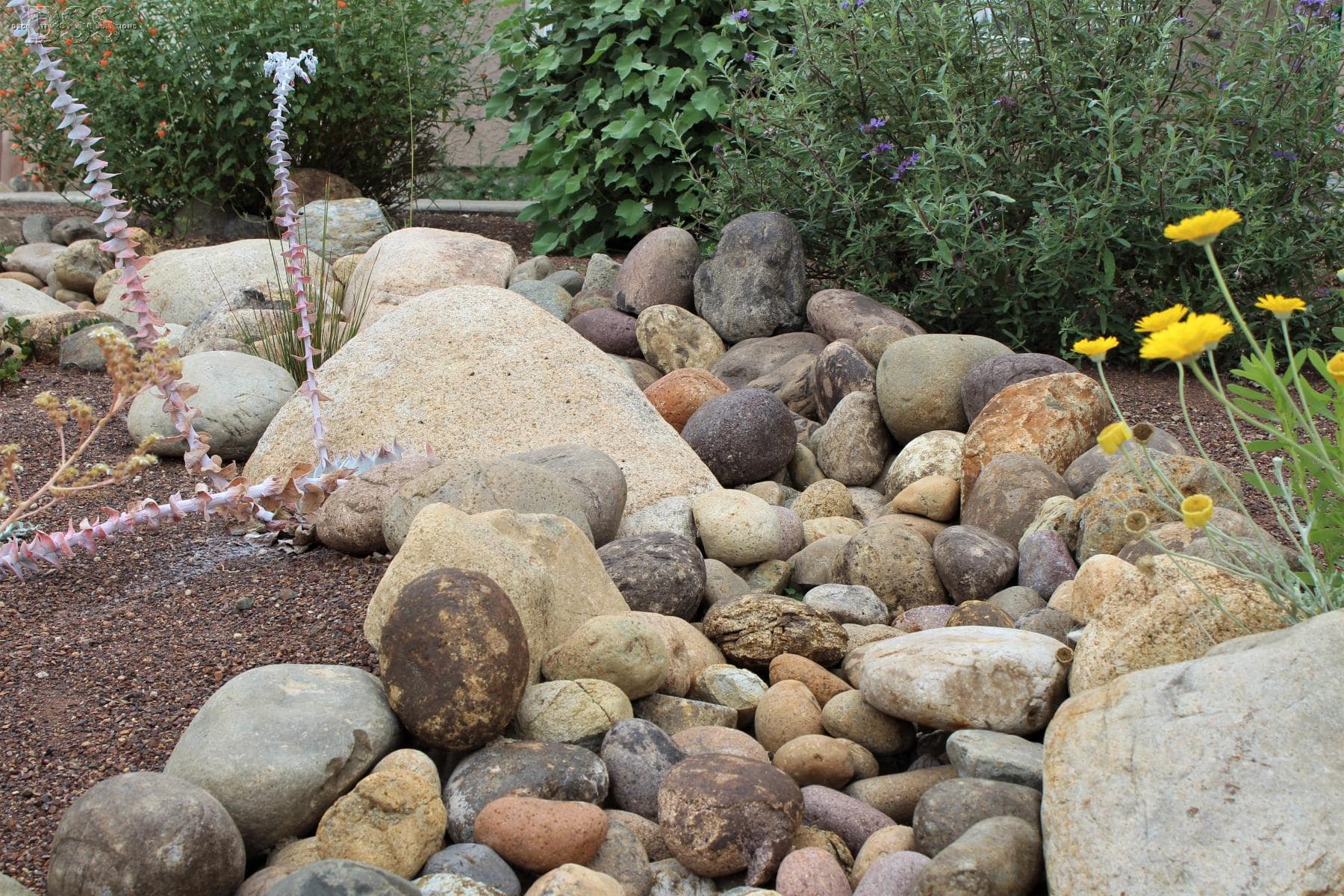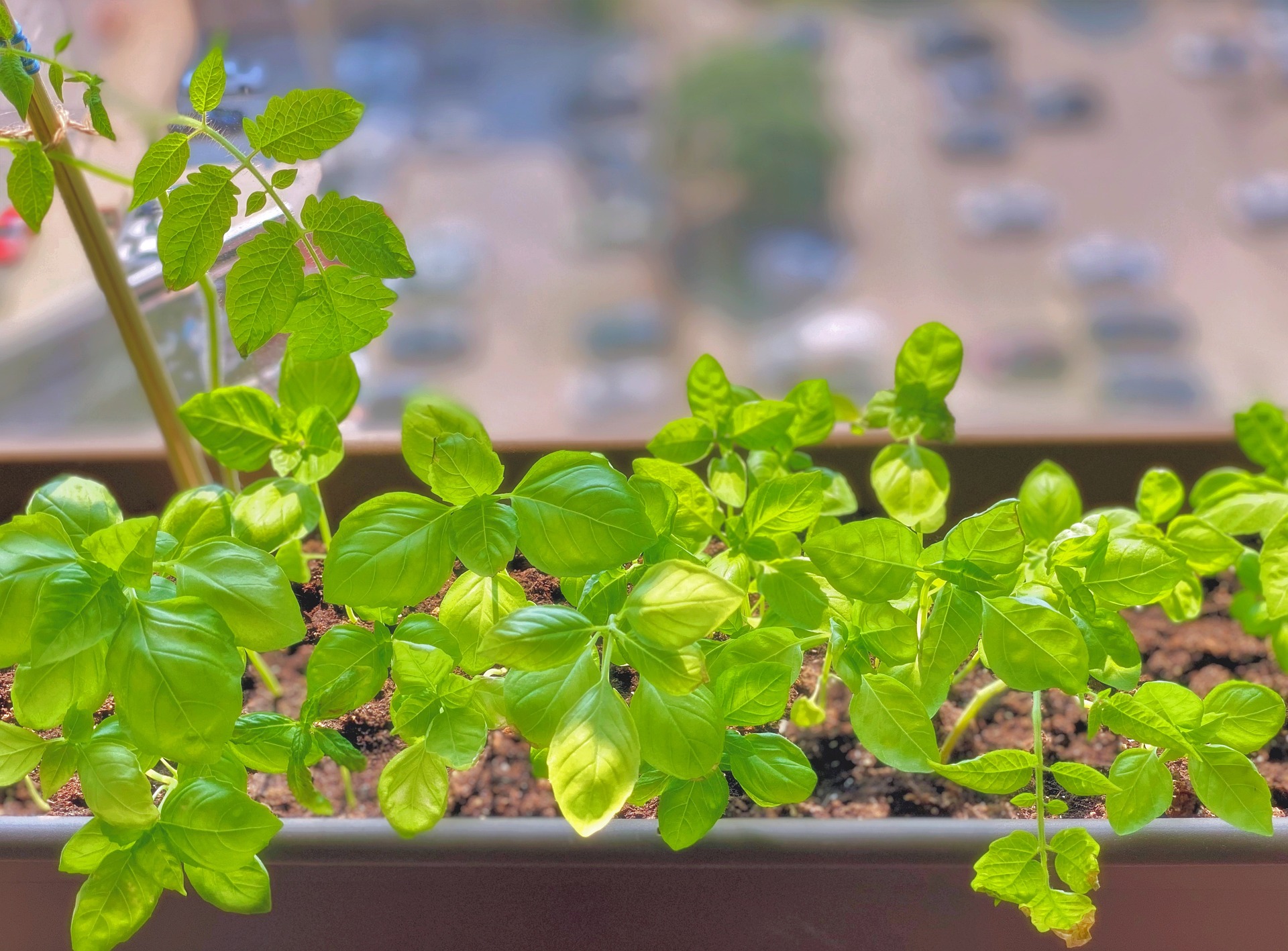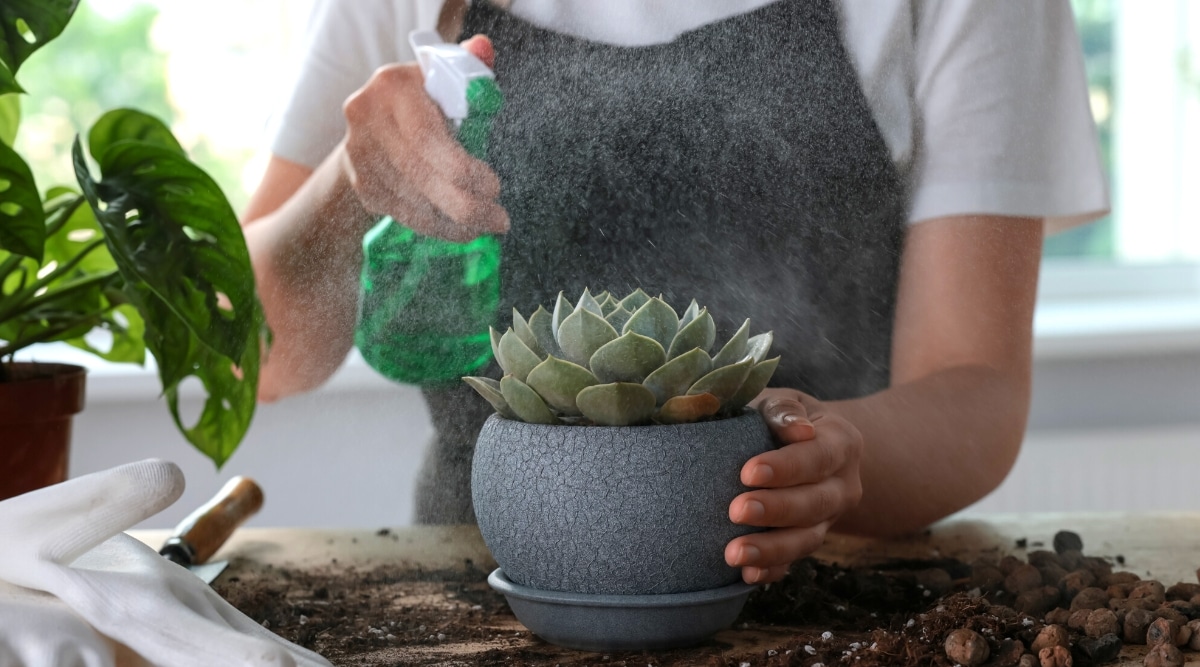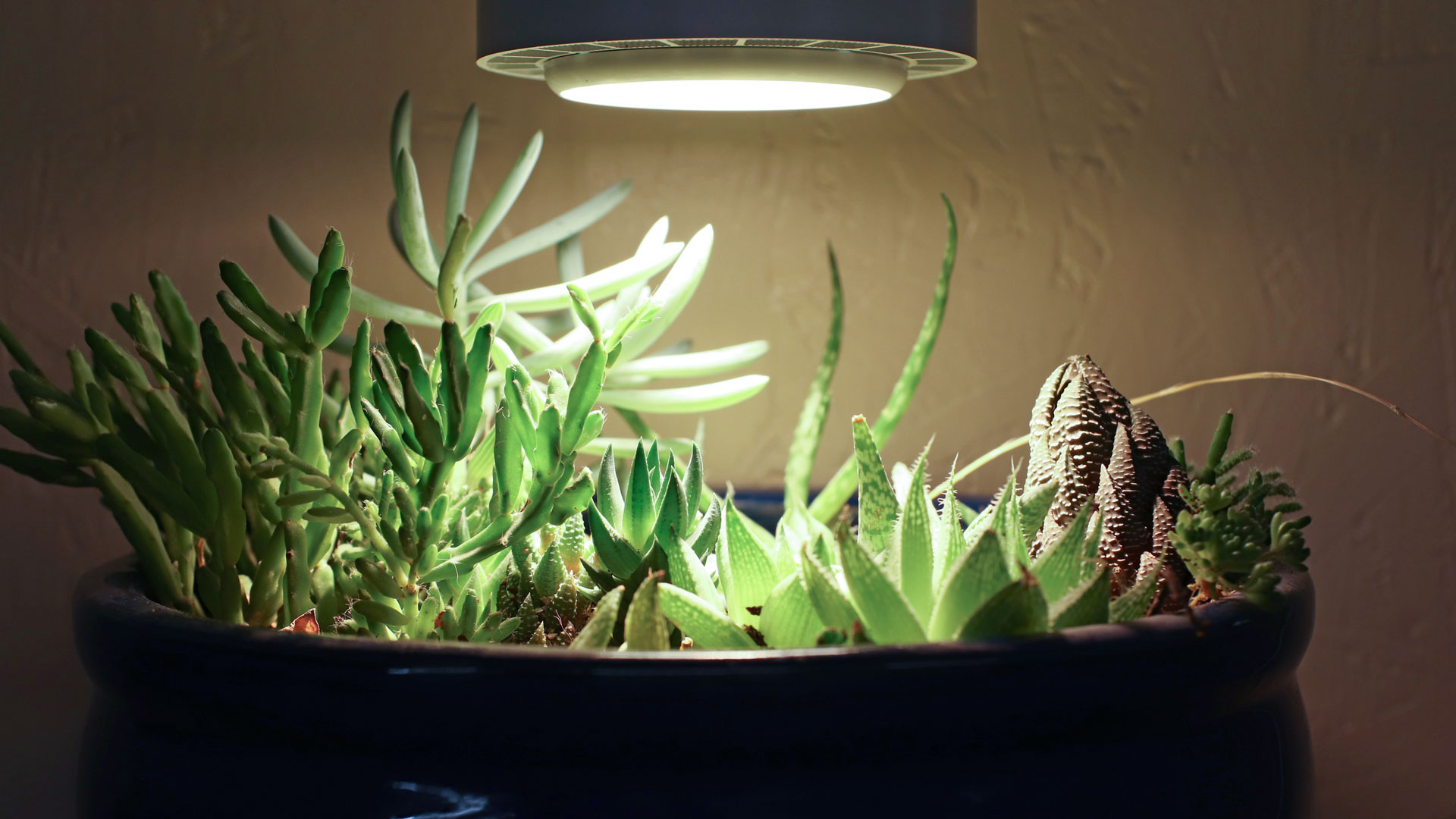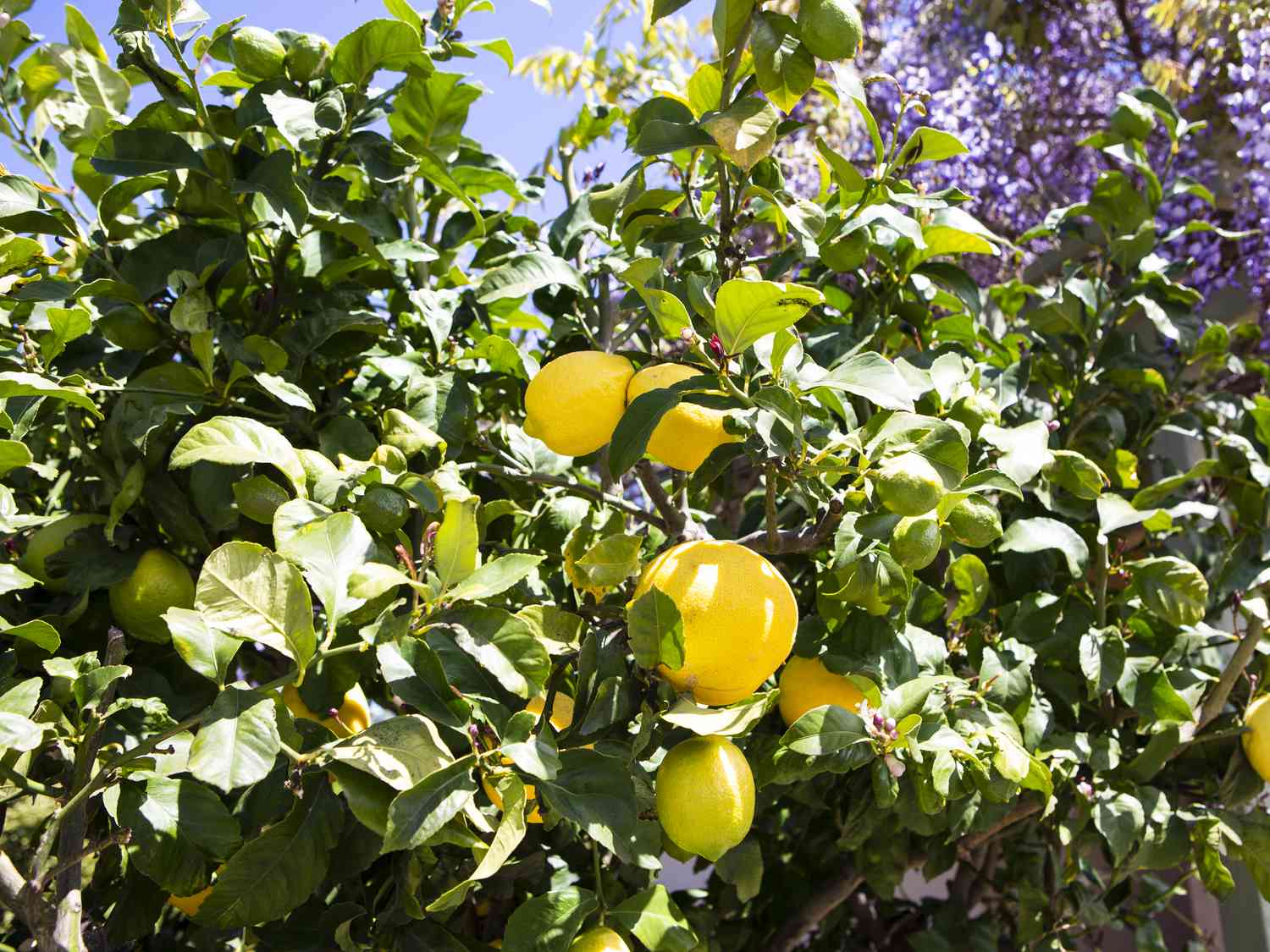Home>Gardening Techniques>DIY Projects>How Much Oxygen Is Needed For Aeroponics


DIY Projects
How Much Oxygen Is Needed For Aeroponics
Modified: January 22, 2024
Learn how to set up your own DIY aeroponics system and discover the ideal oxygen levels for healthy plant growth. Get started on your DIY project today!
(Many of the links in this article redirect to a specific reviewed product. Your purchase of these products through affiliate links helps to generate commission for Chicagolandgardening.com, at no extra cost. Learn more)
Table of Contents
Introduction
Aeroponics is a cutting-edge method of growing plants that has gained traction in recent years due to its efficiency and sustainability. Unlike traditional soil-based or hydroponic systems, aeroponics relies on air and a nutrient-rich mist to foster plant growth. This innovative approach offers numerous benefits, including water conservation, accelerated growth rates, and the ability to cultivate crops in non-arable regions.
In aeroponic systems, oxygen plays a pivotal role in supporting plant development and overall system functionality. Understanding the significance of oxygen in aeroponics is crucial for optimizing plant health and maximizing yields. Therefore, delving into the relationship between oxygen and aeroponics is essential for both novice and seasoned practitioners in the realm of indoor gardening and sustainable agriculture.
Throughout this article, we will explore the fundamental principles of aeroponics and delve into the critical role of oxygen in this innovative cultivation method. Additionally, we will examine the various factors that can influence oxygen levels in aeroponic systems and provide actionable insights to ensure optimal oxygenation for thriving plant growth. By gaining a deeper understanding of the interplay between oxygen and aeroponics, gardeners and agricultural enthusiasts can harness the full potential of this groundbreaking cultivation technique.
What is Aeroponics?
Aeroponics is a revolutionary method of growing plants that diverges from traditional soil-based and hydroponic cultivation techniques. In aeroponic systems, plants are suspended in a controlled environment where their roots are intermittently misted with a nutrient solution. Unlike conventional methods that rely on a growing medium such as soil or water, aeroponics fosters plant growth by delivering nutrients directly to the roots through a fine mist, allowing for enhanced nutrient uptake and oxygenation.
This innovative approach offers several distinct advantages, including efficient resource utilization, accelerated growth rates, and the ability to cultivate plants in non-traditional environments. By harnessing the power of air and nutrient-rich mist, aeroponics minimizes water consumption while maximizing the delivery of essential nutrients to plant roots. This method also facilitates superior oxygenation, which is vital for robust plant development and overall system health.
Aeroponic systems can be implemented in various settings, ranging from small-scale indoor gardens to large commercial operations. The versatility and scalability of aeroponics make it an appealing choice for individuals and organizations seeking sustainable and high-yielding cultivation methods. Moreover, aeroponics enables precise control over environmental factors, including temperature, humidity, and nutrient delivery, resulting in optimal growing conditions for a wide array of plant species.
By embracing aeroponics, growers can harness the potential of this advanced cultivation technique to achieve impressive yields, conserve resources, and cultivate plants with remarkable efficiency. The next section will delve into the critical role of oxygen in aeroponics, shedding light on its significance in sustaining plant health and system functionality.
The Role of Oxygen in Aeroponics
Oxygen is a cornerstone of plant growth, playing a vital role in various physiological processes that contribute to overall health and productivity. In the context of aeroponics, oxygen serves as a crucial element in sustaining plant development and ensuring the functionality of the cultivation system. The efficient uptake of oxygen by plant roots is essential for facilitating nutrient absorption, promoting cellular respiration, and fostering robust growth.
Unlike traditional soil-based cultivation, where oxygen is present in the soil, aeroponics relies on the direct exposure of plant roots to oxygen-rich air. This exposure allows for enhanced oxygen uptake, enabling plants to thrive in an environment where oxygen availability is optimized. In aeroponic systems, the roots are suspended in a misted chamber, ensuring that they are enveloped in a fine spray of nutrient solution and oxygenated air. This method promotes efficient gas exchange, facilitating the uptake of oxygen and the release of carbon dioxide, which are essential processes for plant metabolism.
Optimal oxygen levels in aeroponic systems are paramount for sustaining healthy root development and preventing issues such as root rot, which can arise in oxygen-deprived environments. By ensuring that plant roots have access to an ample oxygen supply, aeroponic practitioners can mitigate the risk of anaerobic conditions that may impede nutrient uptake and compromise plant vitality. Additionally, adequate oxygenation in aeroponics contributes to the prevention of diseases and pathogens that thrive in oxygen-deprived environments, bolstering the overall resilience of the cultivation system.
Furthermore, oxygen plays a pivotal role in supporting the growth of beneficial microorganisms in aeroponic systems, contributing to the establishment of a balanced and thriving microbial ecosystem. This ecosystem, in turn, aids in nutrient cycling, disease suppression, and overall plant health. By fostering an oxygen-rich environment, aeroponic practitioners can optimize the conditions for beneficial microbial activity, creating a harmonious symbiosis that benefits plant growth and system sustainability.
Understanding the multifaceted role of oxygen in aeroponics is essential for practitioners seeking to optimize plant health and system performance. The next section will delve into the various factors that can influence oxygen levels in aeroponic systems, providing valuable insights for maintaining an oxygen-rich environment conducive to vibrant plant growth.
Factors Affecting Oxygen Levels in Aeroponics Systems
Several factors can significantly influence the oxygen levels within aeroponic systems, ultimately impacting plant health and the overall efficacy of the cultivation environment. Understanding these factors is crucial for maintaining optimal oxygenation and fostering thriving plant growth in aeroponics.
- Air Circulation: Adequate air circulation is essential for ensuring that oxygen is effectively distributed throughout the aeroponic environment. Proper ventilation and air movement help prevent the formation of stagnant air pockets, promoting consistent oxygen levels and mitigating the risk of oxygen depletion in localized areas.
- Nutrient Solution Oxygenation: The oxygen content of the nutrient solution used in aeroponics directly impacts the availability of oxygen to plant roots. Oxygenating the nutrient solution through aeration or the use of oxygen-infused delivery systems enhances the oxygen levels available to plant roots, supporting robust growth and nutrient uptake.
- Root Zone Environment: The design and structure of the root chamber or container can influence the oxygen levels surrounding the plant roots. Ensuring that the root zone provides ample space for air circulation and oxygen diffusion is essential for preventing oxygen-deprived conditions that can impede plant development.
- Temperature and Humidity: The temperature and humidity levels within the aeroponic environment can impact the capacity of air to hold oxygen. Maintaining optimal temperature and humidity ranges supports the air’s ability to carry sufficient oxygen, contributing to a well-oxygenated atmosphere for plant roots.
- Misting Frequency and Duration: The frequency and duration of misting cycles directly affect the exposure of plant roots to oxygenated mist. Fine-tuning the misting schedule to provide adequate intervals for oxygen uptake while preventing oversaturation is critical for sustaining optimal oxygen levels within the aeroponic system.
By attentively addressing these factors, aeroponic practitioners can proactively manage and optimize oxygen levels within their cultivation systems, laying the groundwork for vibrant plant growth and system resilience. The following section will delve into actionable strategies for ensuring adequate oxygen levels in aeroponics, empowering practitioners to cultivate thriving plants in this innovative growing environment.
How to Ensure Adequate Oxygen Levels in Aeroponics Systems
Optimizing oxygen levels in aeroponic systems is essential for fostering robust plant growth and maximizing the efficiency of the cultivation environment. By implementing strategic measures to enhance oxygenation, practitioners can create an optimal growing atmosphere that supports thriving plants and system functionality.
- Oxygen-Infused Nutrient Delivery: Utilizing oxygen-infused nutrient delivery systems ensures that the nutrient solution administered to plant roots contains ample oxygen, promoting efficient nutrient uptake and sustained root health.
- Adequate Air Circulation: Implementing proper ventilation and air circulation within the aeroponic environment prevents the formation of stagnant air pockets, facilitating consistent oxygen distribution and mitigating the risk of oxygen depletion in localized areas.
- Root Zone Optimization: Designing the root chamber or container to facilitate ample air circulation and oxygen diffusion around plant roots is crucial for preventing oxygen-deprived conditions and promoting optimal oxygen availability.
- Nutrient Solution Oxygenation: Oxygenating the nutrient solution through aeration or the use of oxygenation techniques enhances the oxygen content available to plant roots, supporting vigorous growth and nutrient absorption.
- Temperature and Humidity Management: Maintaining optimal temperature and humidity levels within the aeroponic environment supports the air’s capacity to hold sufficient oxygen, contributing to a well-oxygenated atmosphere for plant roots.
- Precision Misting: Fine-tuning the misting schedule to provide adequate intervals for oxygen uptake while preventing oversaturation ensures that plant roots receive an optimal balance of oxygenated mist, promoting healthy growth and vitality.
By conscientiously addressing these strategies, aeroponic practitioners can proactively optimize oxygen levels within their cultivation systems, creating an environment that fosters vibrant plant growth and system resilience. Implementing these measures empowers growers to harness the full potential of aeroponics, cultivating thriving plants with remarkable efficiency and sustainability.
Conclusion
Aeroponics represents a paradigm shift in plant cultivation, offering a sustainable and efficient approach to growing a wide range of crops. The pivotal role of oxygen in aeroponics cannot be overstated, as it underpins the essential processes that drive plant health and system functionality. By fostering an oxygen-rich environment, aeroponic practitioners can optimize nutrient uptake, prevent root-related issues, and create a thriving ecosystem that supports robust plant growth.
Understanding the multifaceted relationship between oxygen and aeroponics empowers growers to implement strategic measures that ensure optimal oxygen levels within their cultivation systems. By addressing factors such as air circulation, nutrient solution oxygenation, root zone optimization, and environmental parameters, practitioners can proactively enhance oxygenation and create an ideal atmosphere for plant development.
Embracing oxygen-infused nutrient delivery, meticulous air circulation, and precision misting schedules enables practitioners to lay the groundwork for vibrant plant growth and system sustainability. These proactive measures not only optimize oxygen levels but also contribute to resource efficiency and accelerated crop production, positioning aeroponics as a compelling solution for sustainable agriculture and indoor gardening.
As the realm of aeroponics continues to evolve, the integration of advanced oxygenation strategies will be instrumental in unlocking the full potential of this innovative cultivation method. By prioritizing oxygenation and embracing best practices to ensure adequate oxygen levels, practitioners can cultivate thriving plants, minimize resource consumption, and contribute to the advancement of sustainable agricultural practices.
